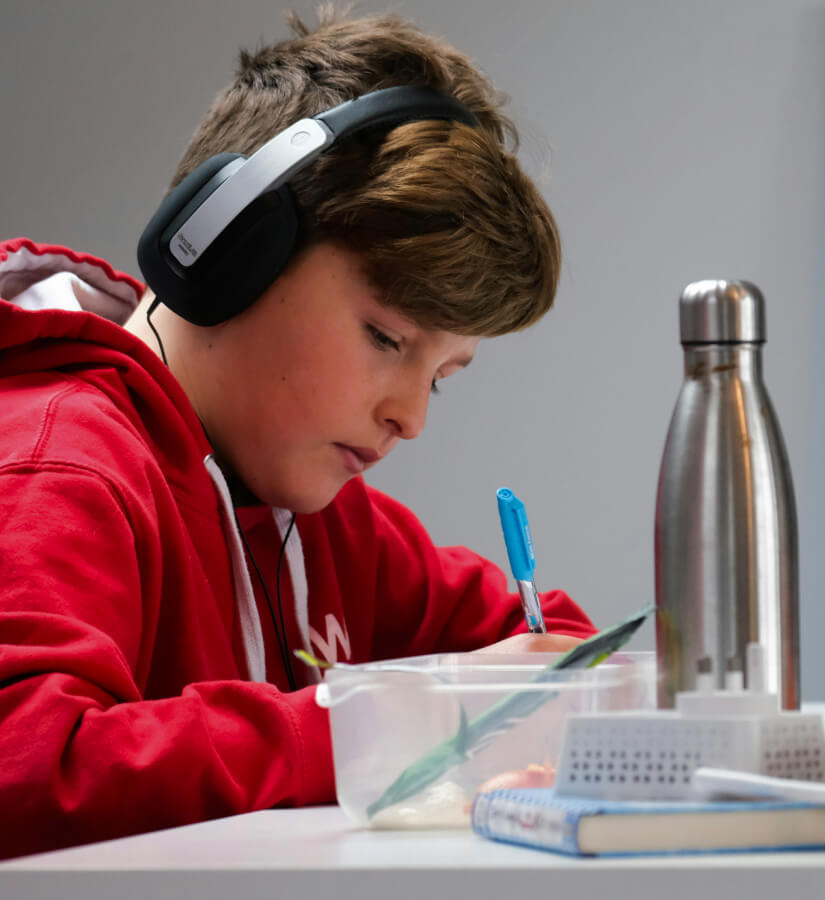A visual processing dysfunction can lead to interference with higher processing affecting learning. Often difficulties with memory, comprehension, and attention, are caused by underlying visual processing dysfunction that, in turn, interfere with organization of visual skills affecting performance in learning. The visual processing dysfunction can also affect coordination causing some children to appear clumsy and uncoordinated. Depending on the type of visual processing dysfunction, it can cause some children to appear coordinated but not be able to sit still for attention and concentration in school. The lack of movement disrupts the organization and balance between the two visual processes.
It is important to assess not just the child’s eyes for health and clearness of vision but to evaluate the functional visual skills as a representation of the balance in visual processing. For example, if a child is having difficulty with maintaining their eyes in alignment or focus through convergence when reading or writing, it is necessary to assess how the child is organizing the spatial visual process.
At the Padula Institute of Vision Rehabilitation emphasis is placed at understanding the visual processing dysfunction that can cause the characteristics of difficulties with converging and focusing the eyes, as well as other visual skills necessary for organization of using vision for learning. A complete visual evaluation will often include a careful assessment of eye tracking , convergence and focusing. The refraction will evaluate whether the child needs corrective lenses to improve sight or clearness of vision. Dynamic testing of focusing will be performed during reading activities. In addition, it may be recommended to further evaluate how the child organizes these visual processes by conducting a visual evoked potential (VEP) which is a means of evaluating brain waves produced by the visual process and then evaluating changes that can occur with the introduction of special lenses. Since the process of vision evolves from organization with movement, the evaluation will often include an assessment of vision related to posture, balance and movement.
The result of this comprehensive evaluation may lead to specific recommendations for lenses (glasses) near and/or far vision activities. These lenses may include prisms to affect posture, balance and movement. In addition, Neuro-Visual Postural Therapy ™ (NVPT) may be recommended in some cases to re-organize the spatial visual process that is causing the learning difficulties and/or difficulties with coordination.



